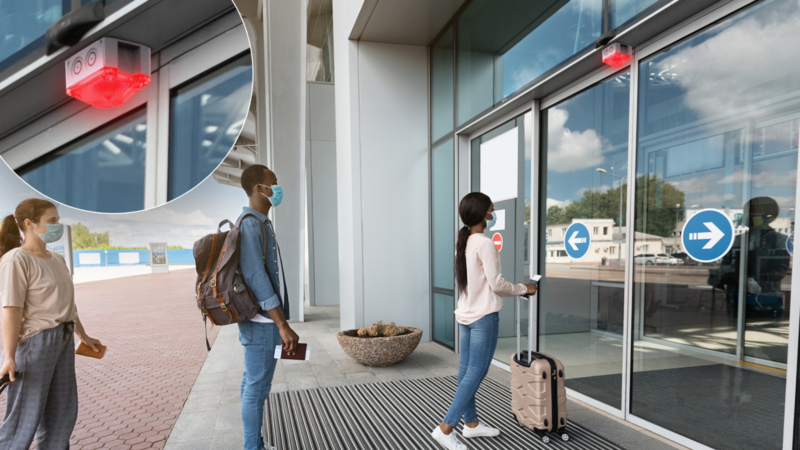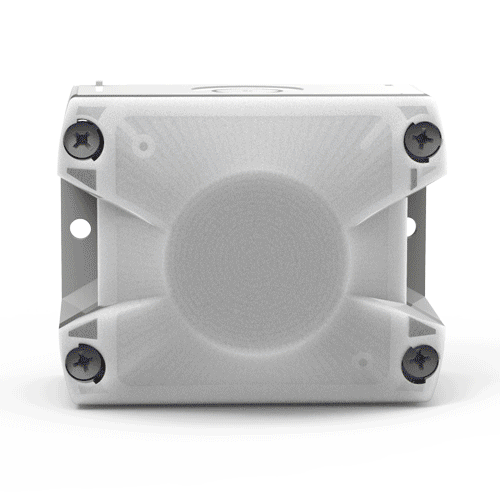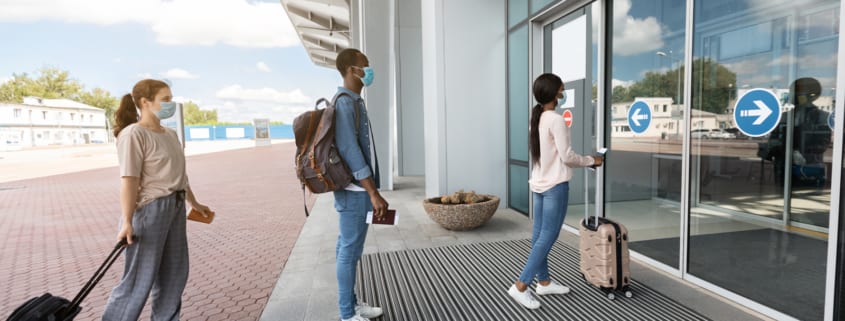Innovative Signaling Technology Delivers Benefits for Building Access Control and Beyond
Building access control solutions have emerged as some of the key measures for making public spaces safer during the COVID-19 pandemic. With combinations of cameras and signaling devices, these building access control solutions can detect and alert users to high temperatures, overcrowding, and more.
These solutions might regulate the number of people inside a public building, confirm proper face covering usage, or check temperatures to exclude people with fevers from public spaces. Solutions such as these could easily be prohibitively costly, though, or too complicated for easy implementation.

Pfannenberg, a global leader in signaling technology, has been helping customers to put its PYRA L-S LED visual signaling device to work in such building access control systems to help prevent the spread of the coronavirus for most of the last year. The PYRA L-S can be paired with any camera with closed contact output capacity. For example, a temperature sensing camera may have a software that allows it to be programmed to create an output signal voltage if the scanned temperature is higher than, say, 101ºF. (Read here the article about our partnership with G2K for combined use of Signaling Devices and Thermal Imaging cameras)
PYRA LED: Most flexible and ultra bright LED technology

PYRA L-S LED visual signaling devices are low current consumption, plug-and-play, easy to use device that can adapt for use in a wide range of critical conditions. Pfannenberg’s history of working with industrial process control solutions has prepared us to pivot quickly to meet this emerging need; after all, the technology is much the same, just being put to a new use.
Other aspects of the device’s installation and use prove to bring important benefits in the emerging space of building access control for COVID-19 and beyond. The PYRA L-S can be installed easily, either mounted on surfaces or built in to buildings or devices.
That fast and easy installation means that companies and organizations don’t need to wait to put new building access control technology to use. With fewer components thanks to its direct control by camera systems, and plug-and-play design, it’s more cost-effective than complicated signaling technology, and yet still has enough flexibility to convey a number of signals of varying criticality.



